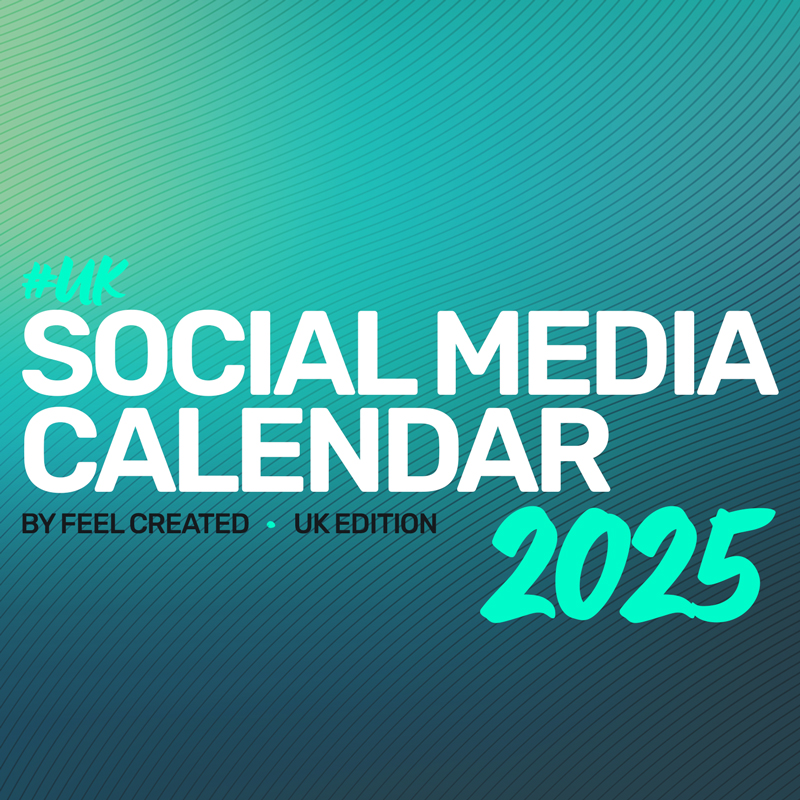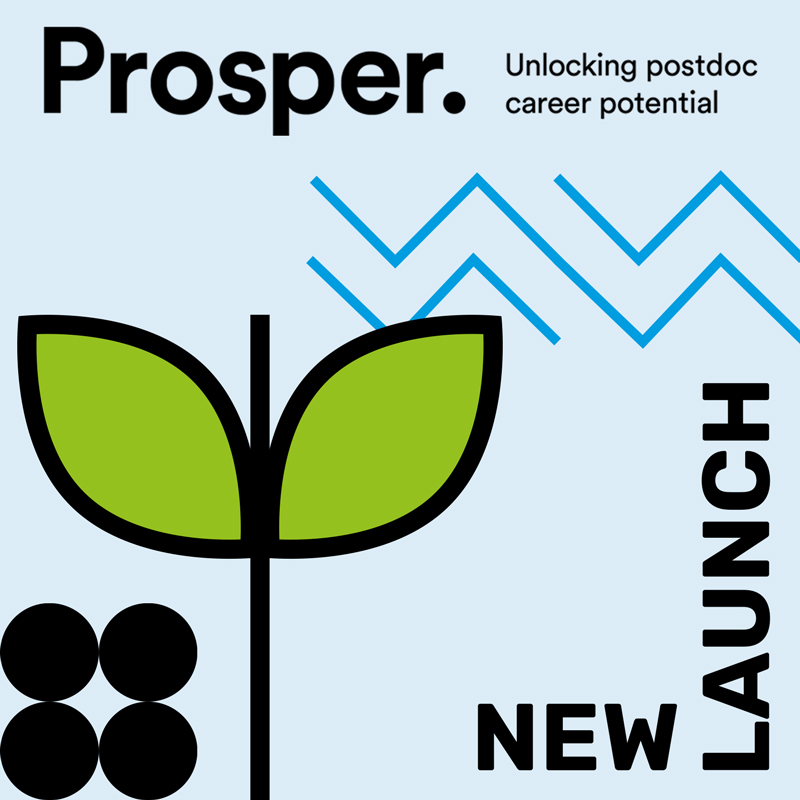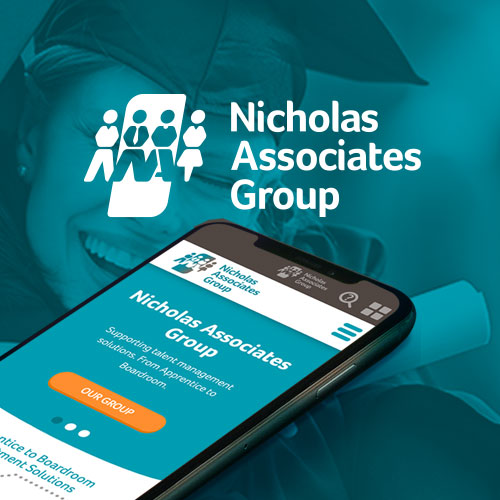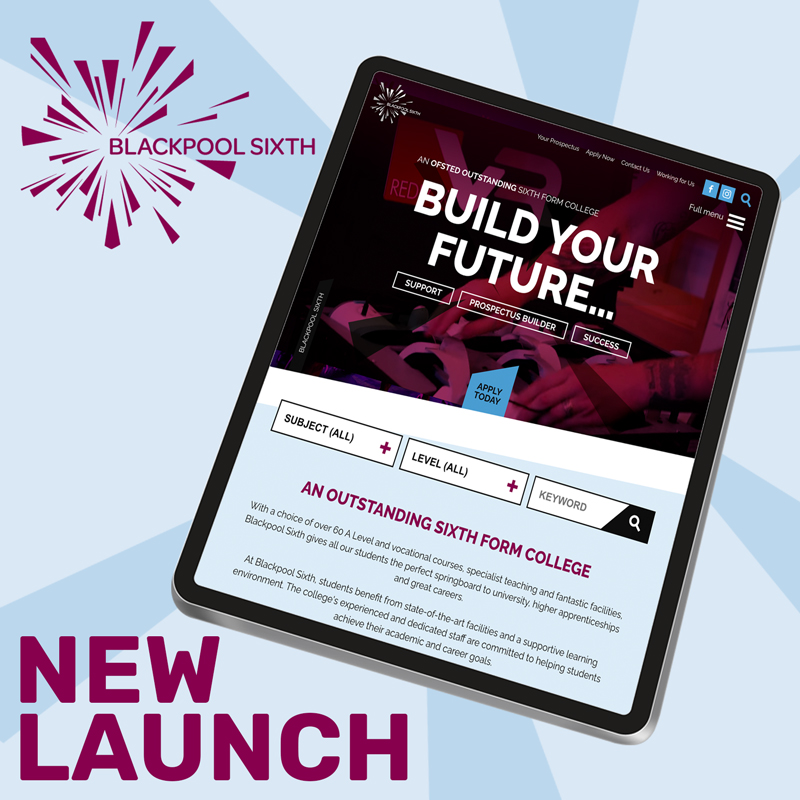
1. Be picky with what you get AI to do
It’s great for the ideation stages. So, you can delegate the brainstorming and planning stages of your content creation. Whether this be creating social media assets or blog post writing.
But you shouldn’t use it for the full and final draft. It’s not always accurate on facts, and the tone is often very generic, with a formulaic structure.
2. Be consistent
Make sure your entire team is singing from the same hymn sheet when it comes to the use of AI for your content.
Get policies and rules thrashed out for when and how you use it. The last thing you want is for unedited AI output to be published.
3. Understand your audience
Like with all areas of marketing, you need to start with your audience:
- How do they feel about AI?
- Do they use it?
- Do they dislike it?
- Mistrust it?
Once you know this, you can make informed decisions about how much you use it.

Storytelling
Storytelling might seem like a faddy buzzword that has done the rounds these past couple of years, but it’s actually nothing new.
As a marketing concept, storytelling has been around for decades. And every few years it gets repackaged as something new in marketing circles. There’ll be a new take or a fresh angle dreamt up by a clever marketer, to help educate businesses on its power.
But the fundamentals remain the same. Storytelling works because it can:
- Explain abstract concepts in a simple way
- Shape ideas and behaviour
- Motivate and inspire
- Bring people together
- Communicate values
- Create an emotional response
When done well, storytelling makes your audience feel something. And it’s from there they’re inspired to do something. You can use it across all channels and media – not just in written form.
Storytelling lets your audience get to know and trust the people behind the brand. So they can understand the value of what you offer.
Need some help with working out your brand stories and how to use them in your content and social media marketing? Our team of specialists are on hand to help you.
Thought leadership
Thought leadership is also useful in boosting your organisation’s perceived authenticity. LinkedIn is particularly good for this. Its algorithm tends to prioritise posts from professionals rather than company pages.
So, having your CEO share a post from their profile that tags the company page can be much more powerful.
Good thought leadership does these three things:
- Educates by sharing expertise, and advice. Positioning the writer as an expert in their industry, and a guide to others.
- Curates and shares useful resources and connections with their audience. Championing other voices in their industry and fostering networks.
- Challenges and questions the status quo. Offering new viewpoints, definitions, frameworks, and success metrics.
Community engagement
When it comes to brand authenticity, never underestimate the power of community engagement. Through community engagement, companies can build relationships with their customer. A surefire way to boost trust and understanding.
A community can be an abstract place where your customers feel they have an emotional connection with your brand. These people follow your content, share your products and posts, and enjoy everything you do.
Communities can come together in more organised ways. These can take shape in online forums, social media followings, hashtag use, social media groups, rewards, and affiliate programs.
A strong community helps build brand awareness and increases brand loyalty. Organisations who cultivate great community engagement find it enhances the overall brand experience. And it improves communication with their target audience.
















